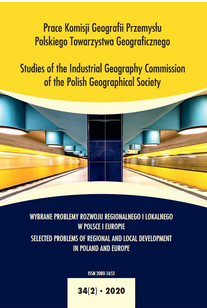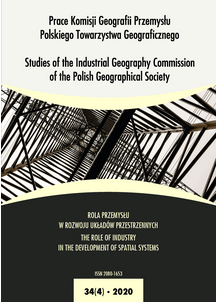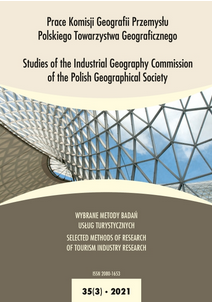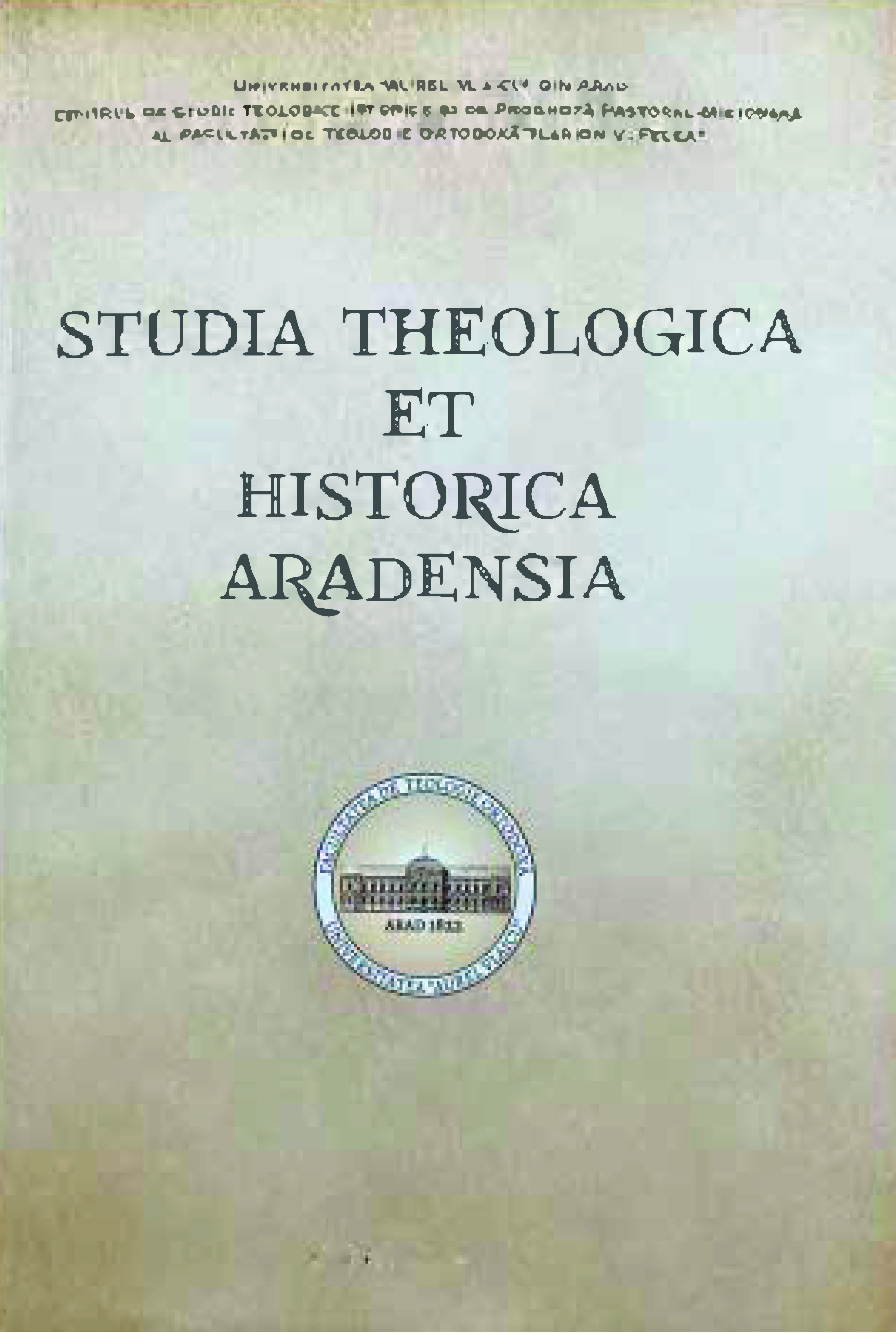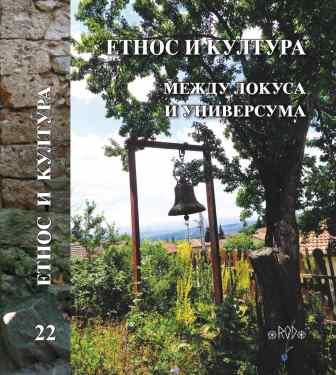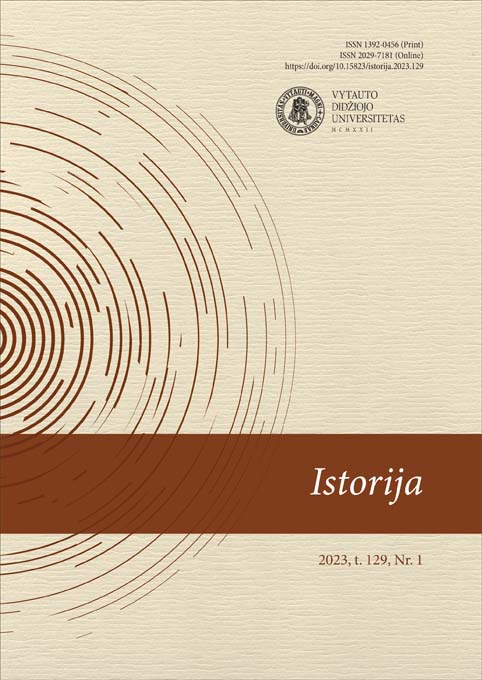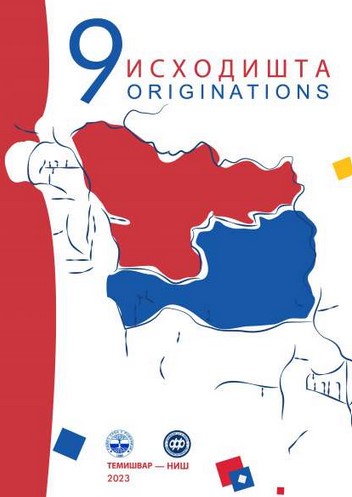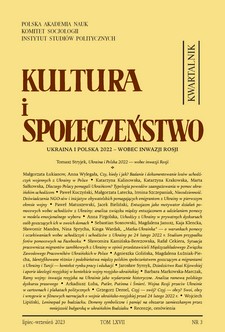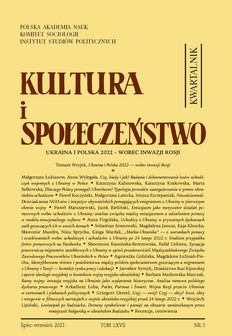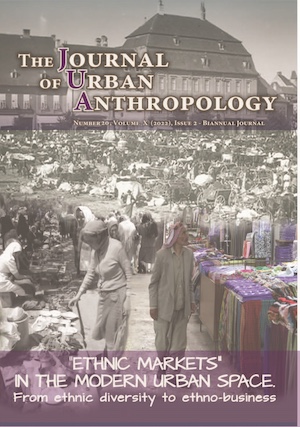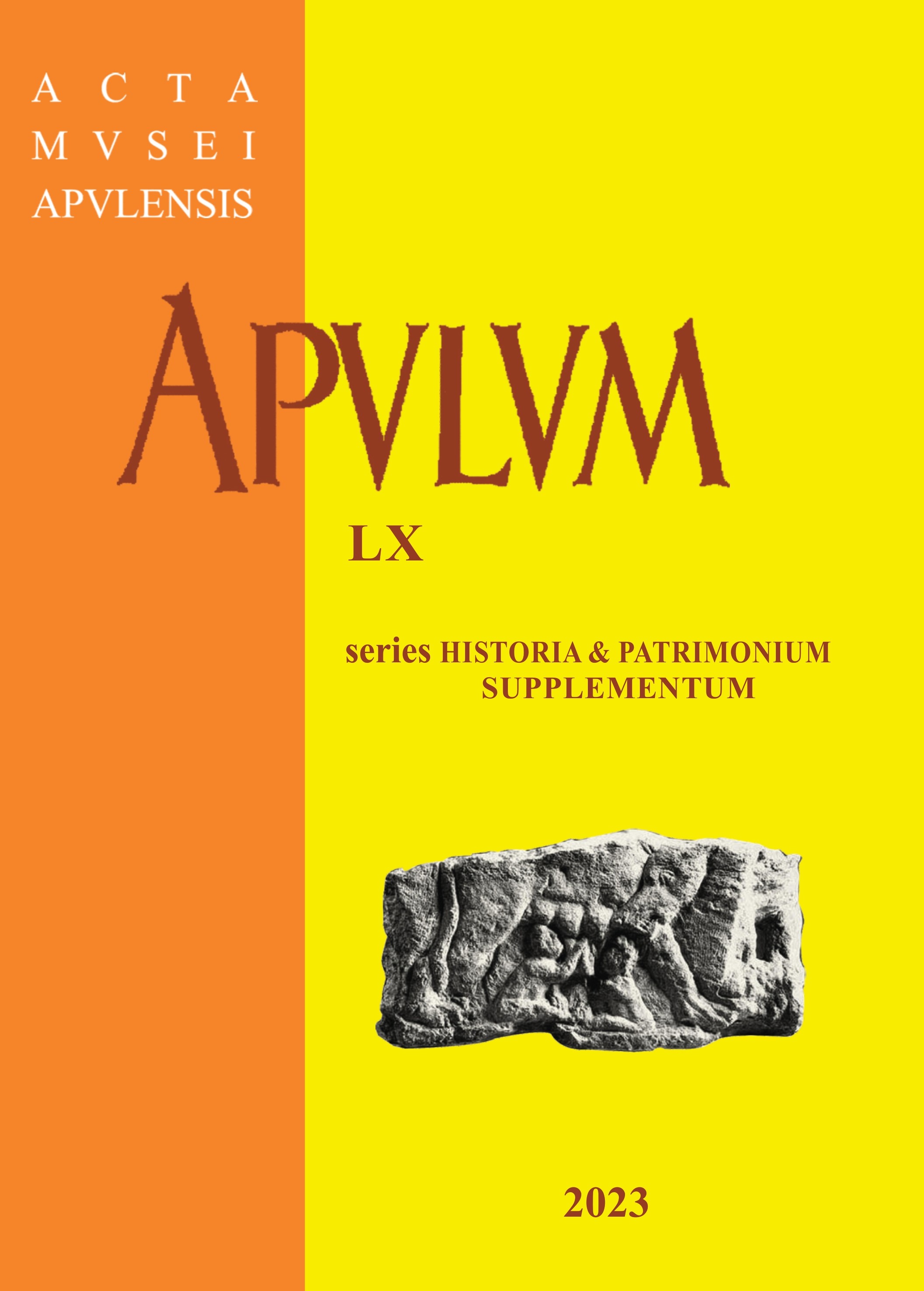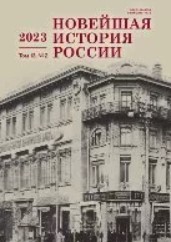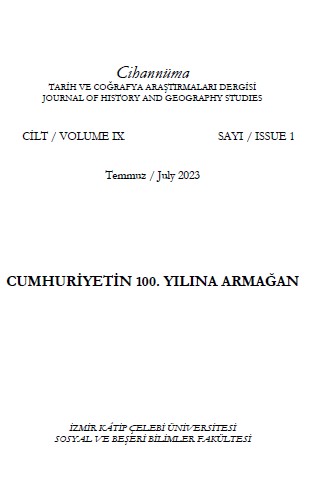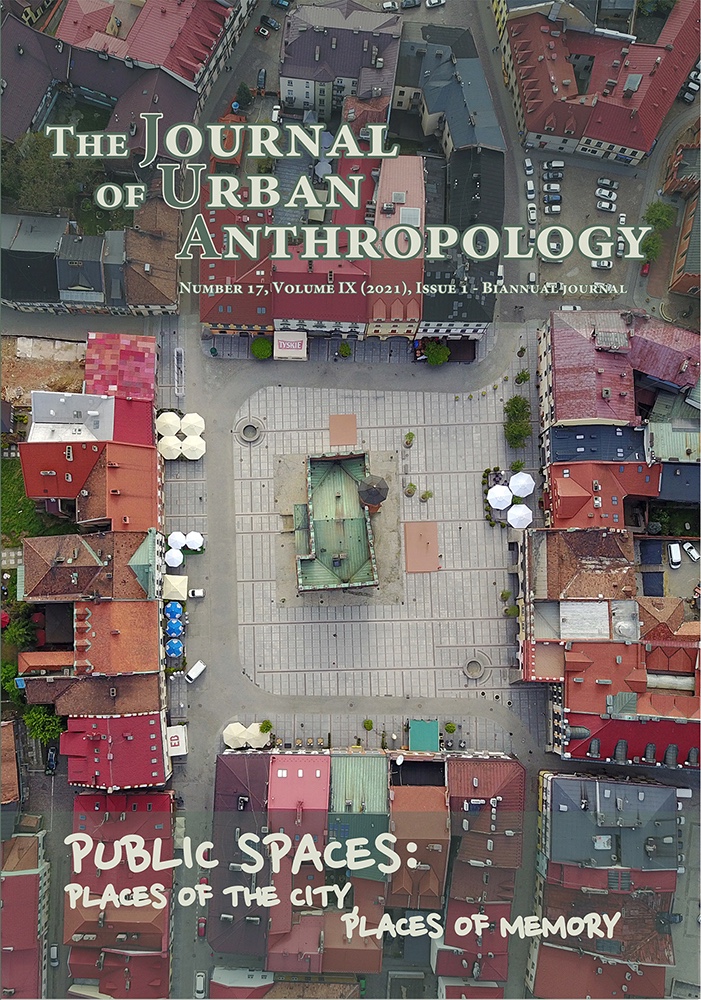Author(s): Cezar Petre Buiumaci / Language(s): English
Issue: 17/2021
The approach of this subject comes from the desire to clarify a unique situation, that of Bucharest, an atypically structured city, but at the same time one completely coagulated and coherent in its evolution. Medieval Bucharest is a small administrative unit, concentrated around the royal palace of Curtea Veche (The Old Court), a palace that, during the fourteenth and fifteenth centuries, is the center of the Bucharestian world. This small nucleus around the Royal Palace will gradually expand, creating a large commercial square in the adjacent space, the Bibescu Vodă Square, where the Union Hall will be later built. Small communities appear around this nucleus, which are organized mainly by types of occupations, over time becoming guilds and with the church at their center. Coagulated on common interests and having the character of a parish, the urban community of Bucharest is called the slum and has the characteristic that the church, an extremely important institution in the life of the slum, can be found in its middle. Much more numerous than the rural community, the slum is constantly growing and, as the church becomes too small, the slum folk will build another,thus forming a new community around the new formed church. By multiplying this process,we begin to explain the multitude of churches that can be found in the city center today,dense but small churches that met the needs of the community and which were, at the same time, the center of that community’s life. This is the matrix of Bucharest, in which the church is the center of community life and which is at the same time specific to this atypical, multinuclear city, a city which grows organically and continuously, extending horizontally from the political center of the royal palace, both in a concentric and a linear manner, along the access arteries to the city.The establishment of the Royal Academy from Saint Sava at the end of the 17thcentury will create a new pole which, from this point forward, will make the city center swing back and forth between the Union Square and the space of the future university. At the end of the ninth decade of the 19th century, the first boulevard of Bucharest was drawn on the east-west axis, starting from the current Izvorul Rece (“cold spring”) Square and having a route that ended at Mihail Kogălniceanu Square. The city center will move here for more than half a century, the University Square thus being designed to be the city center. King Charles II, a great lover of festivities of a propagandistic nature, will try to remodel the Royal Palace Square as part of the restoration project of the Palace, which had been partially destroyed by a fire back in 1927. The Royal Palace Square had an architecture specific to the nineteenth century having, at its center, in front of the Royal Palace, the building of the Carol I University Foundation, framed on both sides by two buildings of a similar architecture. The area reconfiguration project, as part of the reconstruction of the Royal Palace, involved a development spanning more than two decades, between 1930-1950, the last of its stages being the demolition of all buildings in front of the Royal Palace, thus making room for a square of large enough dimensions to reach, in the east, the newly drawn Take Ionescu-Magheru-Brătianu boulevard. Dissatisfied with the achievements of his predecessor, but also with the fact that a square had not been built to take over the role of meeting place, most meetings still taking place in the Royal Palace square, Nicolae Ceaușescu will use the 1977 earthquake as the pretext to built a new political-administrative center, which inevitably led to the political relocation of the city center, as had happened in the past.
More...
